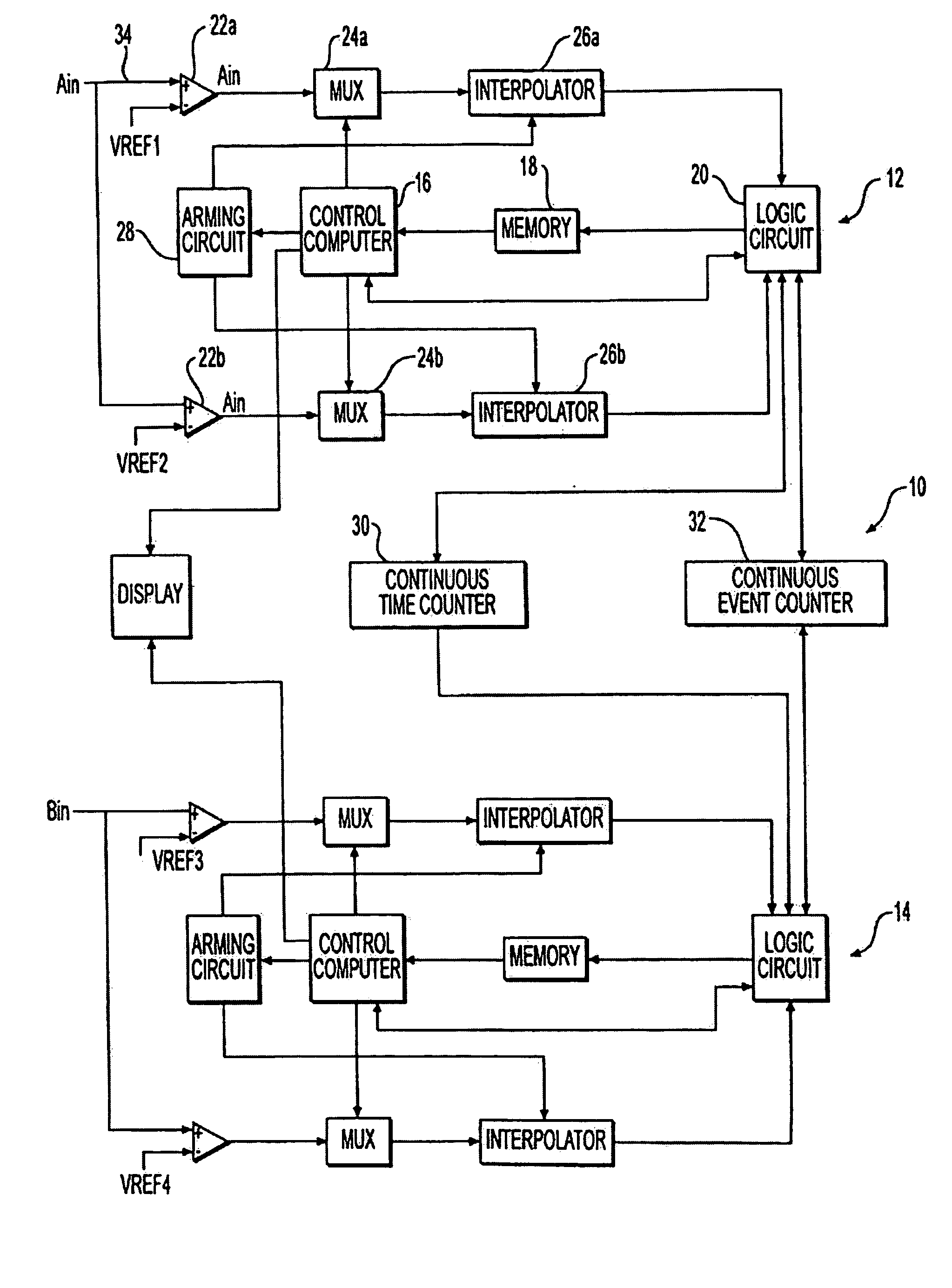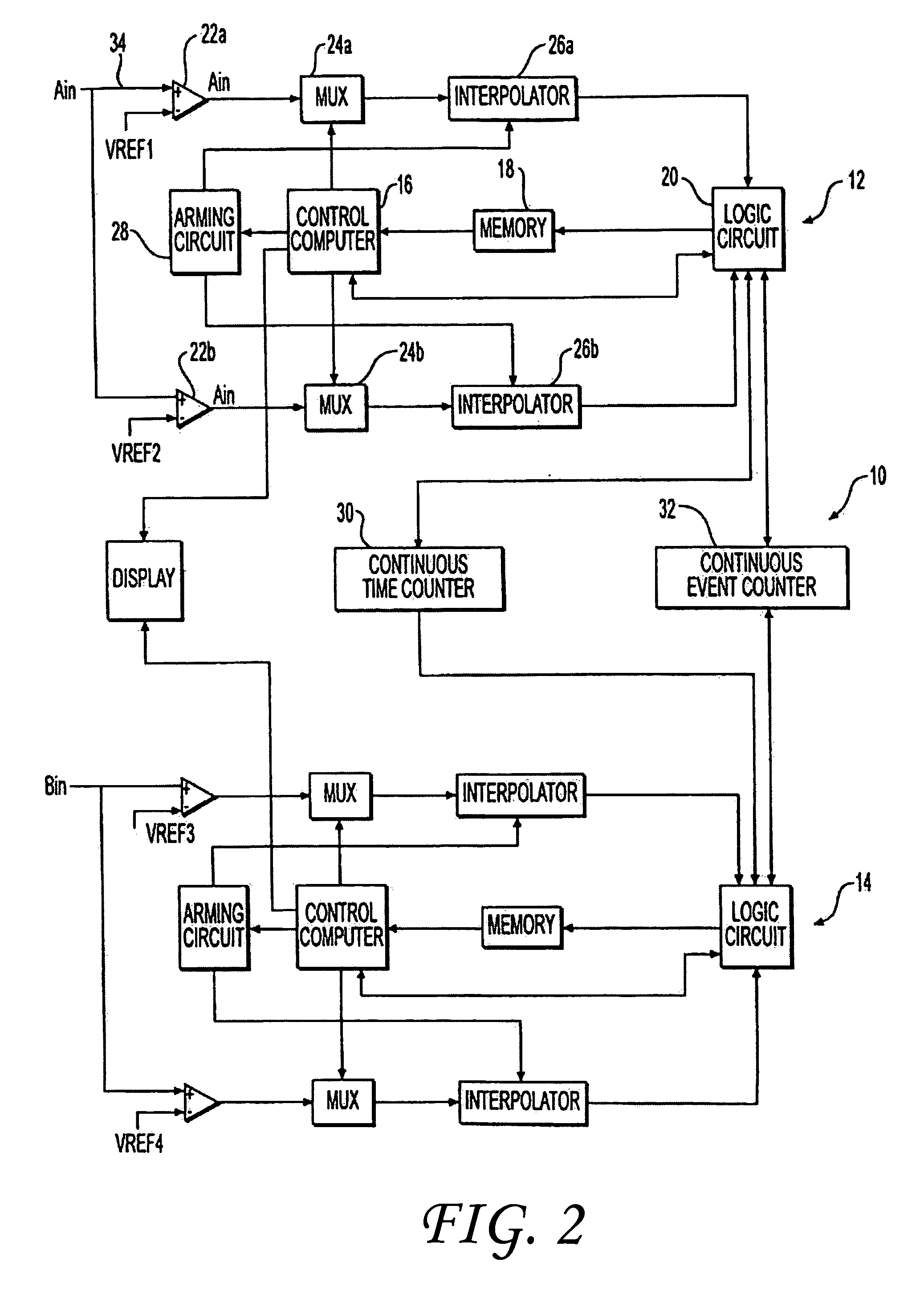System and method of obtaining data-dependent jitter (DDJ) estimates from measured signal data
a signal data and data-dependent technology, applied in the field of integrated circuits, can solve the problems of complex integrated circuits, leaking of bit information into adjacent data bits, and affecting the impact of isi on ddj, so as to improve the robustness against low frequency periodic jitter and accelerate measurement capability
- Summary
- Abstract
- Description
- Claims
- Application Information
AI Technical Summary
Benefits of technology
Problems solved by technology
Method used
Image
Examples
Embodiment Construction
[0032]Reference will now be made in detail to presently preferred embodiments of the disclosed technology, one or more examples of which are illustrated in the accompanying drawings. Each example is provided by way of explanation of the present technology, not limitation of the present technology. In fact, it will be apparent to those skilled in that art that modifications and variations can be made in the present technology without departing from the spirit and scope thereof. For instance, features illustrated or described as part of one embodiment may be used on another embodiment to yield a still further embodiment. Thus, it is intended that the present subject matter covers such modifications and variations as come within the scope of the appended claims and their equivalents.
[0033]As previously mentioned, jitter is generally divided into two types, deterministic and random. Random jitter is unbounded and is due to sources that can only be characterized statistically. Determinis...
PUM
 Login to View More
Login to View More Abstract
Description
Claims
Application Information
 Login to View More
Login to View More - R&D
- Intellectual Property
- Life Sciences
- Materials
- Tech Scout
- Unparalleled Data Quality
- Higher Quality Content
- 60% Fewer Hallucinations
Browse by: Latest US Patents, China's latest patents, Technical Efficacy Thesaurus, Application Domain, Technology Topic, Popular Technical Reports.
© 2025 PatSnap. All rights reserved.Legal|Privacy policy|Modern Slavery Act Transparency Statement|Sitemap|About US| Contact US: help@patsnap.com



